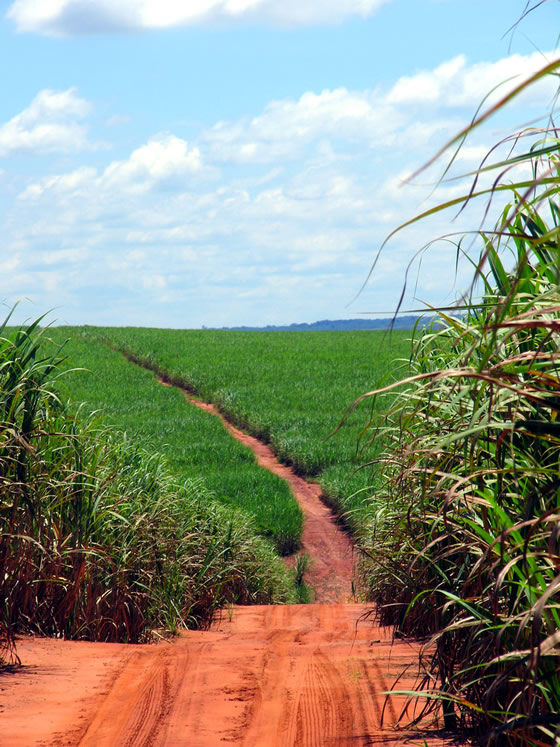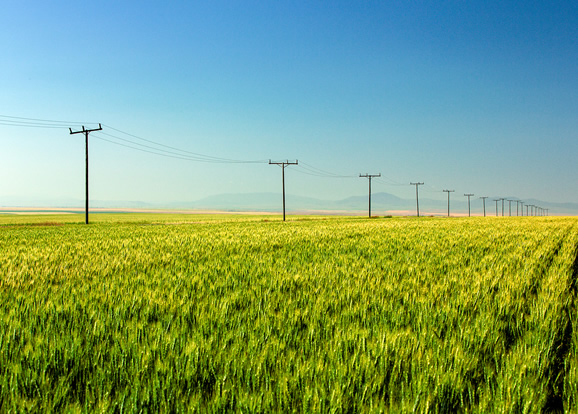 |
| Monoculture |
Monoculture is the agricultural practice of repetitively planting a single plant species rather than growing a variety of types of plants.
There has been considerable debate regarding the advantages and disadvantages of monoculture agriculture. This type of plant production is a system in which a single plant species, typically one producing grain (such as corn, wheat, or rice), forage (such as alfalfa or clover), or fiber (such as cotton), is grown in the same field on a repetitive basis, to the exclusion of all other species. In its most extreme version, a single variety of a plant species is grown, and all plants are virtually identical to one another.
Monoculture can be contrasted with other agricultural production practices, such as multiple cropping (in which sequential monoculture crops are grown in the same year) or intercropping (in which two or more different crops are grown at the same time and place). Monoculture can also apply to perennial produce systems, such as fruiting trees, citrus crops, tea, coffee, and rubber trees.
  |
Advantages
Monocultures are unnatural ecological occurrences. They are maintained through the use of resources such as labor, energy, and capital (fertilizers, chemicals, and so on). Left to itself, a monoculture crop will quickly revert to being a mixed plant community. However, monoculture agriculture has several advantages that caused its widespread adoption from the moment agriculture began.
Monocultures allow agriculturalists to focus their energy on producing a single crop best adapted to a particular environment or to a particular market. For example, a premium is paid for white corn, used in making snack foods.
 |
| Monoculture - wheat field |
Monoculture is an appropriate agricultural strategy to optimize crop yield per unit of land when either temperature or water conditions limit the growing season. Monoculture agriculture lends itself to mechanization, an important consideration when labor is expensive relative to energy costs.
Consequently, monoculture agriculture in the United States has developed in concert with the resources required to support it—markets, credit, chemicals, seed, and machinery—and with the social conditions that have caused the United States to change from a rural to a largely urban and suburban population.
Disadvantages
The disadvantages of monoculture are numerous. There are apparent limits to the increase in crop yields brought about by new hybrid seeds, fertilizers, and pesticides. Yield increases in monoculture agriculture have diminished since the 1980’s.
There is an economy of scale at which farm size becomes too small to permit effective mechanization or for which insufficient markets exist for reliance on a single crop. Focus on production of a single crop may lead to unbalanced diets and nutritional deficiencies in agricultural communities where no external supplies of produce are available.
 |
| Tractor spraying soybean field |
More important, monoculture crops are biologically unstable, and considerable effort must be made to keep other plants and pests out. When every plant under cultivation is the same, these systems are inherently susceptible to natural events (storms, drought, and wind damage) and to biological invasions by insects and plant pathogens. The classic example of over-reliance on monoculture was the Irish Potato Famine (1845-1850).
The famine was instigated by natural climatic conditions that allowed the plant pathogen Phytophthora infestans (potato late blight) to destroy successive potato crops in a population too impoverished to afford other food staples that were available.